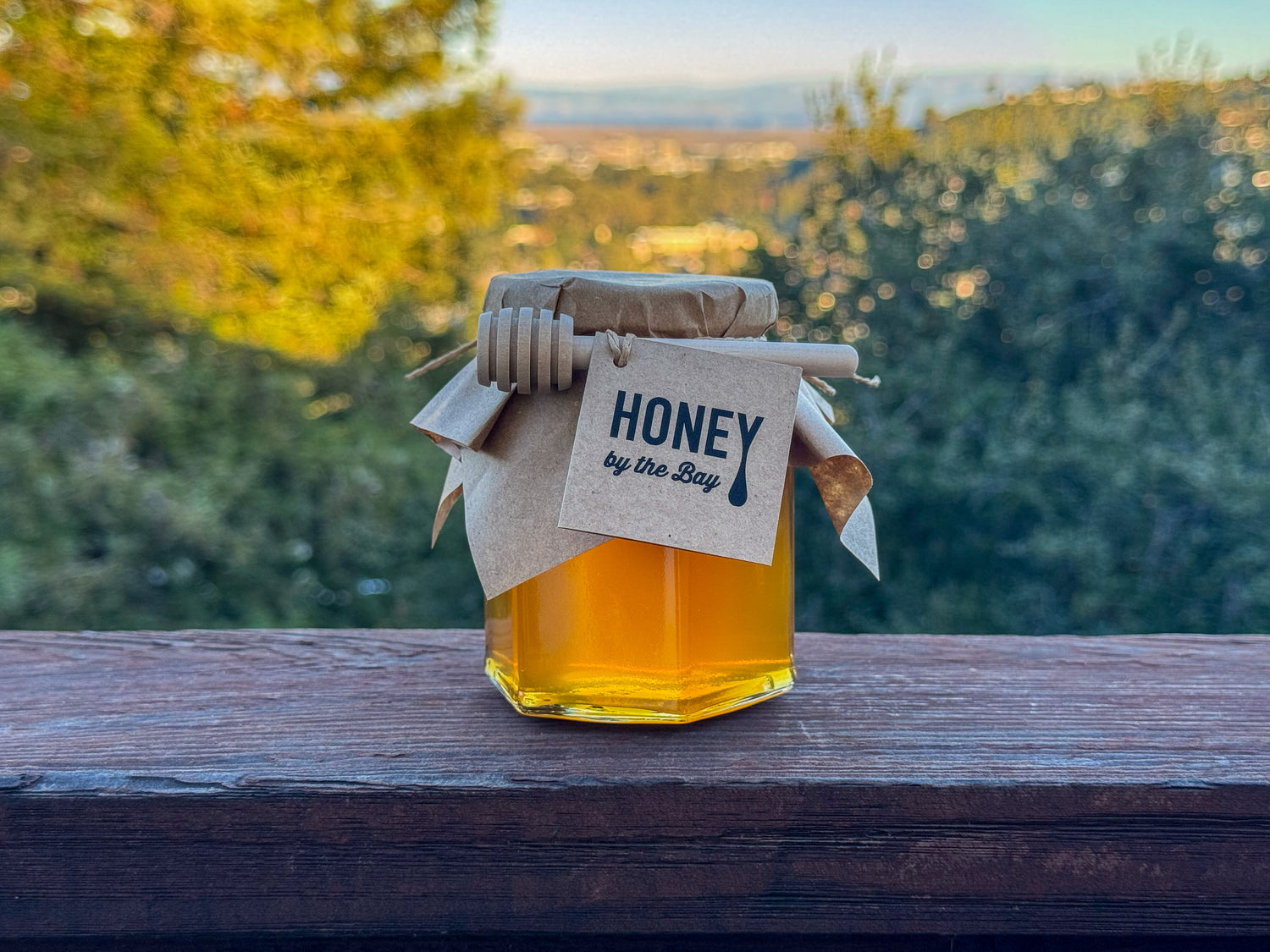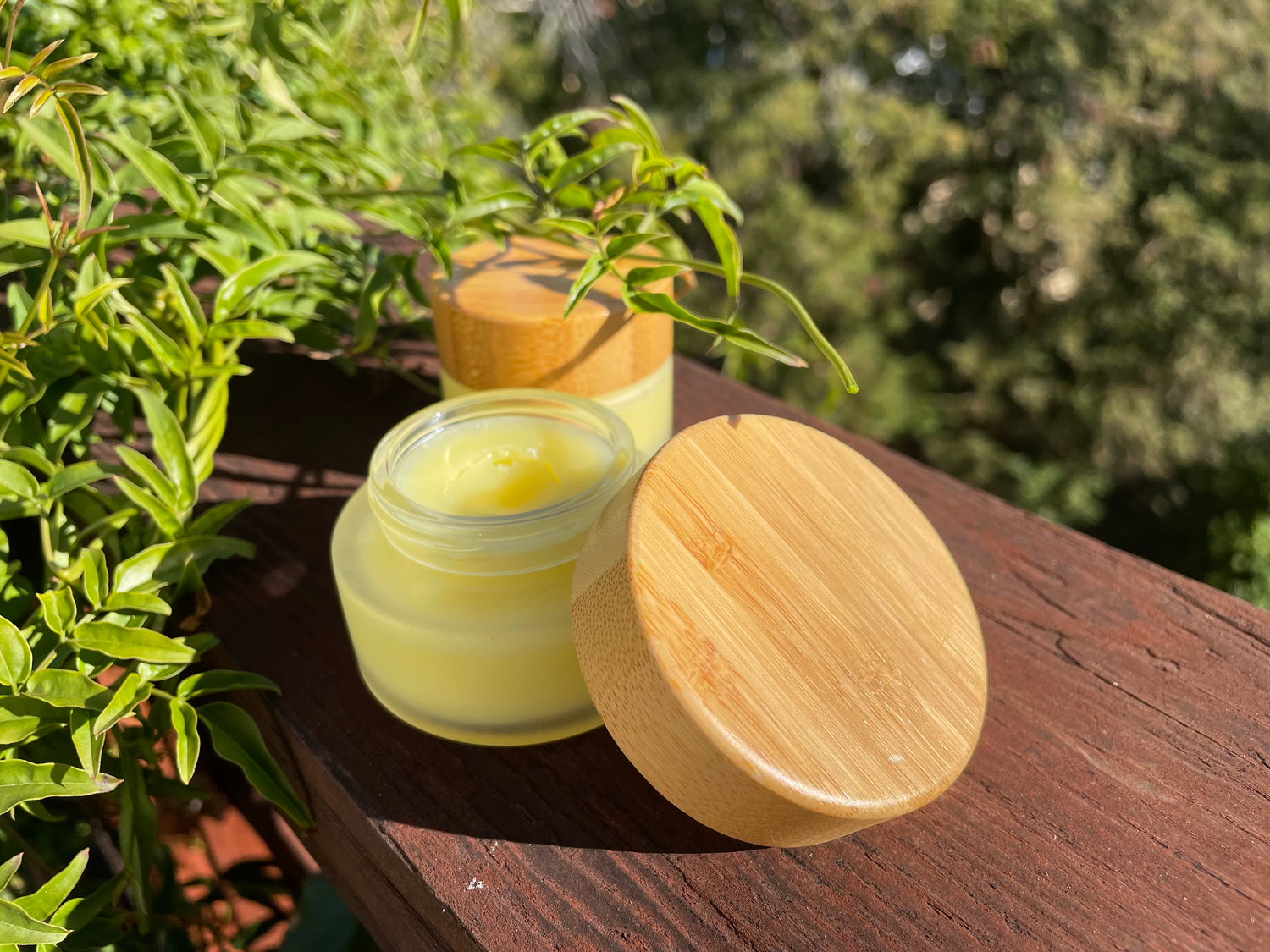What is Raw Honey? Raw honey is simply honey as it comes from the beehive – direct and unprocessed. It's the pure nectar collected by bees, kept in its natural state, and packed with natural enzymes, antioxidants, and nutrients.
Raw Honey vs. Regular Honey: What's the Difference? The main difference between raw and regular honey is in their processing. Raw honey is just as it sounds – raw, meaning it hasn't been heated, filtered, or processed. Regular honey, however, often goes through processes like heating and filtering, which can change its natural properties and extend its shelf life.
Is Raw Honey Safe to Eat? Yes, for most people, raw honey is safe to consume. The exception is infants under one year due to the risk of botulism, a rare but serious condition. The digestive systems of very young children aren’t developed enough to handle certain bacteria that can be found in honey.
Raw Honey vs. Natural Honey: Clearing Up the Confusion Though often used interchangeably, 'raw' and 'natural' in honey have different meanings. 'Raw' refers to honey that hasn't been processed, while 'natural' honey means it hasn’t been artificially altered or flavored. Always check the label to know what you're getting.
Which Type of Honey is Healthiest? While 'healthiest' can be subjective, raw honey is often seen as the healthier choice because it retains its natural nutrients and antioxidants. However, remember that honey is still a sweetener and should be used in moderation.
What is Filtered Honey? Filtered honey is honey that has been processed to remove particles and impurities, giving it a clearer, smoother look. This process might remove some of the beneficial elements that are present in raw honey.
Filtered vs. Raw Honey: Which Should You Choose? Choosing between filtered and raw honey depends on what you value more. Raw honey keeps all its natural goodness, while filtered honey has a more refined texture and appearance. Think about whether you prefer the natural benefits or the smoother texture.
Understanding Filtered Honey Filtered honey is still real honey, even though it'sbeen processed to improve its look and texture. The filtration process removes things like pollen and wax, which some people feel makes it less 'authentic'.
Is Filtered Honey Still Considered Raw? Once honey is filtered, it's not truly 'raw' anymore. The filtration process changes its natural composition by removing elements like pollen. Filtered honey may still have some natural enzymes, but it's not the same as unfiltered, raw honey.
In Conclusion: Choosing Between Raw and Filtered Honey In the end, whether you choose raw or filtered honey is a personal decision. Raw honey offers unprocessed natural benefits, while filtered honey is prized for its clear look and smooth texture. Filtered honey is still real honey, but it's not raw. Consider what matters most to you – the natural qualities of honey or its aesthetic appeal – as you decide.

